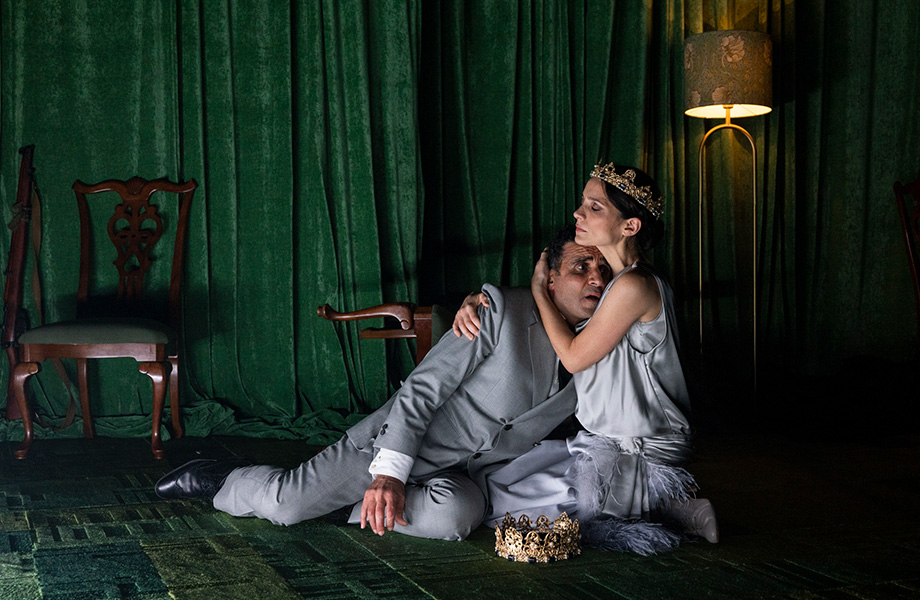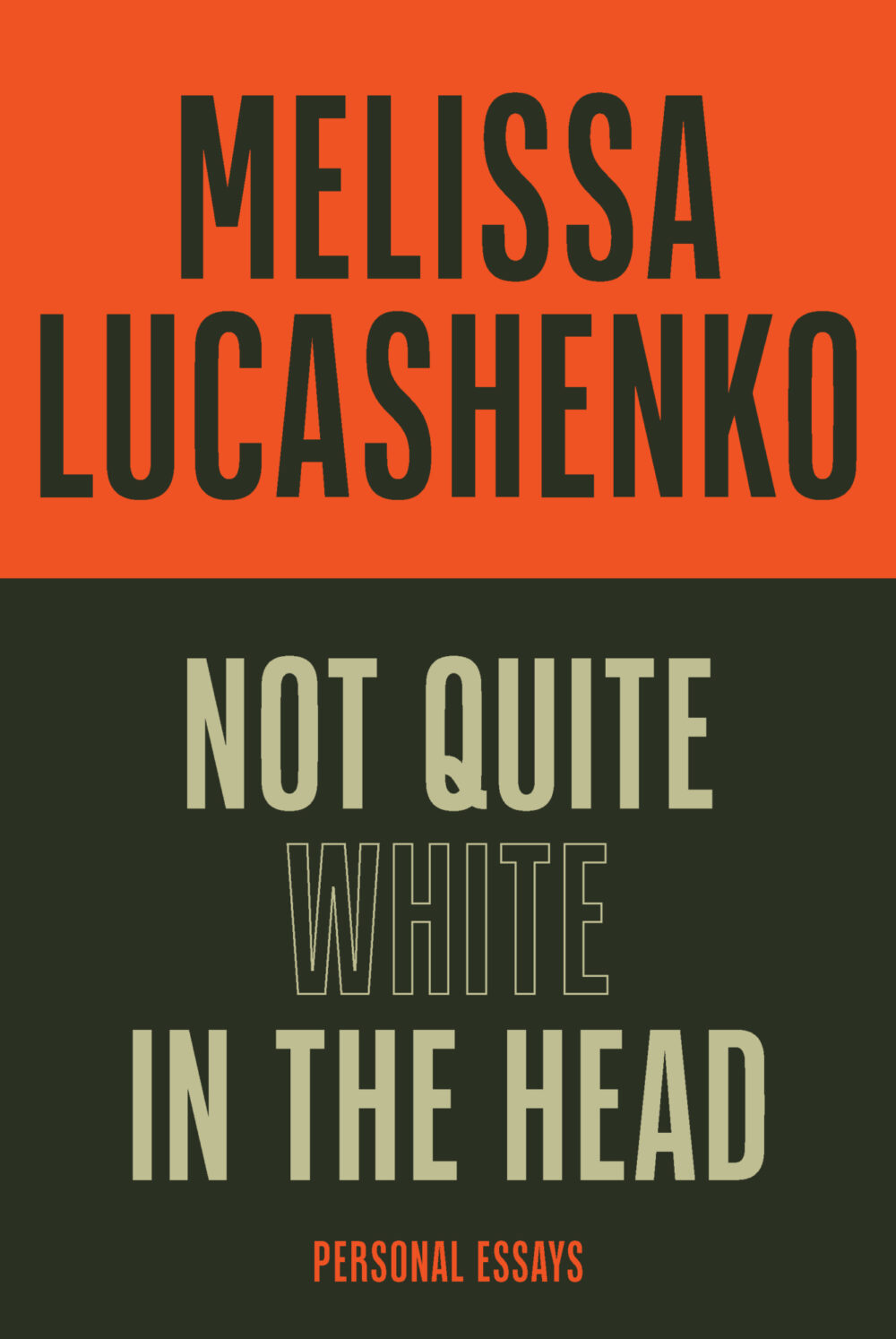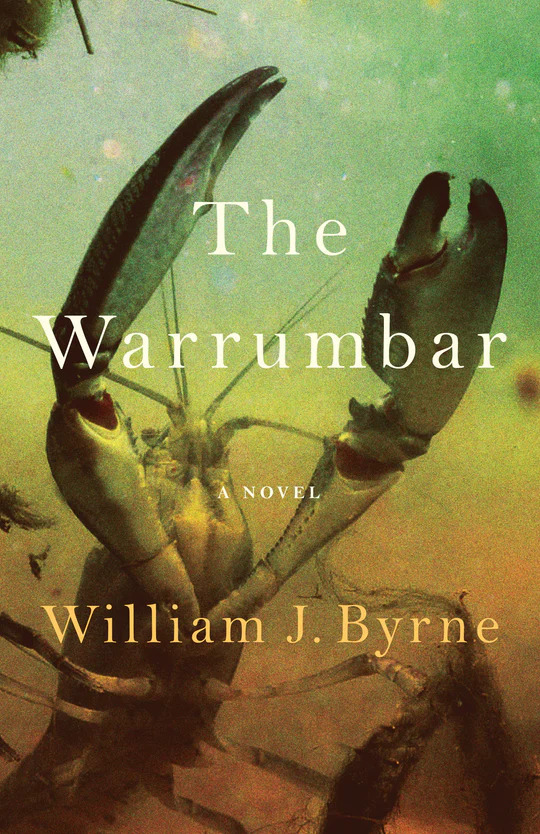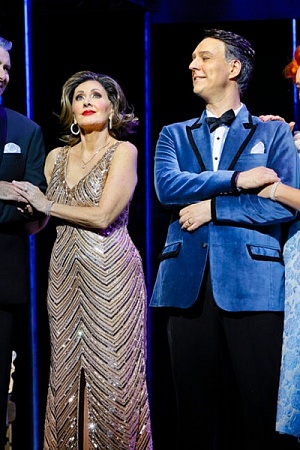Macbeth

There is a moment often conveyed in romantic films (and it was certainly the case with Baz Luhrmann’s Romeo and Juliet) when fresh eyes meet across a crowded room and become fixated, unable to stop ‘looking’, searching for more and more of the alchemical fire that triggered an intense magnetism.
Ten minutes into Bell Shakespeare’s new production of Macbeth (directed by Peter Evans), I sat there in a crowded room feeling similarly enthralled, not sitting back and waiting for the scenes to roll through, but sitting forward, trying to figure out how the intimacy of Anna Tregloan’s set design of monochrome ‘green’ was working so well. Brilliant green curtains fall from the ceiling to seal off the back half of the stage and restrict the performance space to compress the action. A patchwork carpet of differing greens is adorned with a standing green lamp to complete this monochromic ‘greenery’, disturbed only by seven antique chairs, which are deployed to establish a stately interior but also upended occasionally to create the chaos of a battlefield. But why all the green?
The excellent 1920s costumes (also by Tregloan) ensure a dapper postwar setting, replete with a host of military trench coats. Everything is so neat, though. This sense of realism is matched by the realistic deliveries of the first several speeches, and risks a filmic or televisual tone. The early staging of a séance seems awkward. The program refers to the popularity of spiritualism at the time (1920s), and the need for people ‘to reach the dead’, but the séance appears to be another device of realism employed to justify some of the creepier supernaturalism in Shakespeare’s psychological thriller of murder, guilt, and ambition.
Continue reading for only $10 per month. Subscribe and gain full access to Australian Book Review. Already a subscriber? Sign in. If you need assistance, feel free to contact us.











Leave a comment
If you are an ABR subscriber, you will need to sign in to post a comment.
If you have forgotten your sign in details, or if you receive an error message when trying to submit your comment, please email your comment (and the name of the article to which it relates) to ABR Comments. We will review your comment and, subject to approval, we will post it under your name.
Please note that all comments must be approved by ABR and comply with our Terms & Conditions.